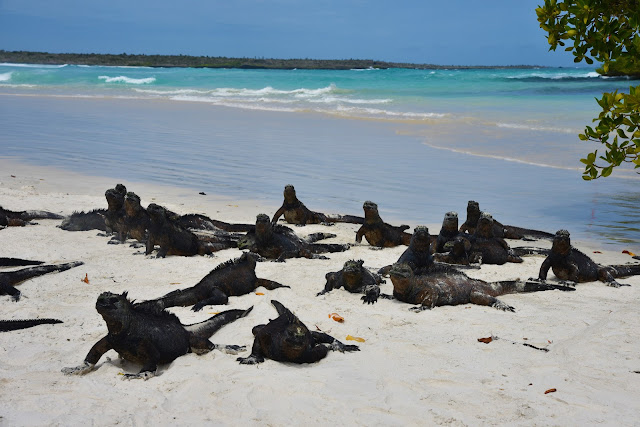For those of you who are connected to me on social media (i.e. Facebook), you have undoubtedly observed that I am a frequent international traveler. On a recent trip in 2024, I finally hit a milestone of having visited my 100th country. The purpose behind this post is to share some of the frequently asked questions about how my travels evolved to this point and to share some of my favorite destinations.
What was the inspiration to travel to so many places?
Quite simply, my parents started a family tradition of traveling in their kids. Since my parents were fans of road trips, my entire family (my parents plus my seven siblings) would hop into a conversion van and drive across the country to various parts of the country basically every summer. By the time I left home, I had visited 48 of the 50 US states.
Our family's travel was not limited to domestic trips. Since my late father was an international businessman, he took frequent international trips. He eventually saved enough frequent flier miles to take the six oldest children on a trip to Europe during our summer break from school. By the time that trip was over, I had already visited double digit countries.
After I left home and after a year of college, I embarked on a two year church mission to Germany. The experience of living in another country and adapting to a new culture instilled confidence in traveling overseas. While I didn't come home with a deep desire to travel, it would be a pivotal influence on my willingness to travel later in life.
Fast forward to 2006, when both my younger sister (Heather) and I graduated law school at the same time. We both had a month break before starting our next endeavors. While I was ready for a staycation, my sister really wanted to do an African safari and she invited me to go with. Since I wasn't financially positioned to afford the trip, my sister twisted my arm by offering to help subsidize that trip. That safari that covered five new countries was the catalyst that got me addicted to travel.
2006 African safari
Subsequent to that African safari and transitioning away from my educational pursuits, I was fortunate enough to land a job with a boss that encouraged me to take 100% of my vacation time. From 2008 to 2025, I've taken a minimum of one international each year. Since 2020, I've been able to accelerate the frequency of international trips because of working remotely status.
How did I afford to travel?
Travel is amazing, bit it is not free and my travels were not for business. There were two factors in affording to travel:
1) Miles/Points - About 1/3 of my travel costs were covered by frequent flier miles/hotel points accrued from both business domestic travel and credit card sign up bonuses. Read my old post on the flip side of using credit cards for more:
2) Lifestyle - My first post-education job was in a high cost of living area (Bay Area) with a salary that was adjusted for the location, but I opted to live a lower standard of living than the average worker. This allowed me to afford to travel while staying within my means.
What methodology was used to count the countries as being visited?
There were two criteria for a country to be considered visited:
1) The place must be considered a country as being recognized by the UN (out of the 193) or the country has independent status (i.e. Vatican City).
2) Layovers didn't count as a visit. Leaving the airport and getting out of the airport area was another criterion I used to consider the country as having been "visited"
Wrap up
While it wasn't part of my original life plan to see the world to the extent of 100+ countries, I've been fortunate enough to have landed in life conditions that I was able to make the choice to do so. Below are some of my favorite destinations and photos. Feel free to send me a message if you want any tips or recommendations.
Favorite/Recommended Travel Destinations
Hikes: Trolltunga in Norway and the Everest Base Camp trail in Nepal
Trolltunga hike with jump
Everest Base Camp trail
Scenery: Italy (Dolomites) and Switzerland (Zermatt and Grindelwald) and Chile (Torres del Paines)
Grindelwald
Torres del Paines
Activities: Gorilla Trek in Rwanda and balloon ride in Cappadocia, Turkey
Rwanda gorilla trek from 2023
Cappadocia
Waterfalls: Iguazu Falls (Brazil + Argentina) and Victoria Falls (Zambia + Zimbabwe)
Iguazu Falls
Victoria Falls
Sunset: Avenue of the Baobabs in Madagascar
Back in time: Ngorongoro Crater (Tanzania), the Galapagos, and Komodo NP
Galapagos
Beaches: Matira Beach (Bora Bora) Whitsunday Beach (Australia) and Anse Source d'Argent in Seychelles
Matira Beach
Anse Source d'Argent
Best Value Destinations: Batumi, Georgia and Montenegro and Samarkand, Uzbekistan
Montenegro coastline
Batumi




















































